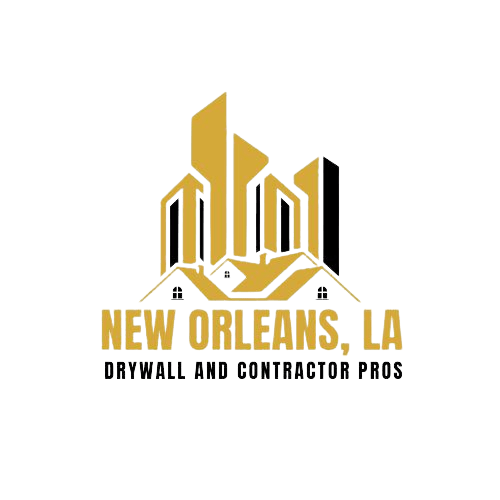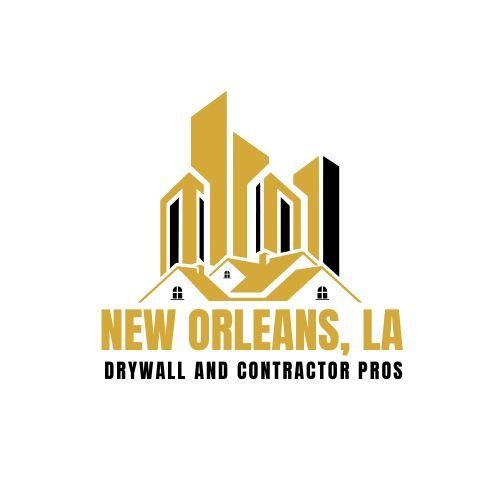The Ultimate Drywall Installation Blueprint: From Planning to Perfection
Mastering Drywall Work: A Comprehensive Guide to Achieving Flawless Walls and Ceilings
Drywall installation is a pivotal phase in the construction and renovation of residential and commercial spaces. It transforms the skeletal framework of a building into smooth, paint-ready walls and ceilings. This article serves as a comprehensive guide, laying out the steps and considerations for achieving perfection in drywall work. From understanding drywall material to calculating commercial drywall installation cost, we cover all aspects to ensure your project's success.

Planning Your Drywall Project
Before diving into the installation process, planning is crucial. This involves choosing the right drywall material, estimating the sheetrock price, and deciding whether to hire a drywall company or undertake the project yourself.
Choosing Drywall Material
Drywall, also known as gypsum board or sheetrock, comes in various types. Standard drywall is suitable for most interior walls, while moisture-resistant green board is ideal for bathrooms and basements. For higher fire resistance, consider Type X drywall. Each type has its own sheetrock price point and application areas.
Estimating Sheetrock Price and Commercial Drywall Installation Cost
The cost of drywall work varies depending on the project size, drywall type, and whether it's a commercial or residential project. Commercial drywall installation cost tends to be higher due to the scale and complexity of the projects. It's important to get quotes from several drywall professionals to ensure competitive pricing.
Preparing for Drywall Installation
Proper preparation can make or break the success of your drywall project. Ensure the framing is stable and straight, and address any potential issues before the drywall cover is applied.
Tools and Materials
Gather all necessary tools and materials ahead of time. This includes drywall panels, screws, tape, joint compound, and tools like a drywall saw, drill, and sanding tools.
The Installation Process
Drywall installation is a meticulous process that requires precision and patience. Here's a step-by-step guide to ensure your project goes smoothly.
Measuring and Cutting:
Measure the space carefully and cut the drywall panels to size. It's better to measure twice and cut once to avoid waste.
Hanging Drywall on Walls: Start with the ceiling (if applicable) before moving to the walls. For walls, begin in a corner and work your way out. Use screws to secure the panels to the framing, spacing them about 8 inches apart.
Taping and Mudding:
Once all panels are in place, tape the seams with drywall tape and cover them with joint compound. Apply several coats, allowing each to dry and sanding between coats, to achieve a smooth finish.
Sanding:
The final step is to sand the dried joint compound to a smooth finish, preparing it for painting or wallpapering.
Hiring Drywall Professionals
While some may opt for a DIY approach to save on costs, hiring drywall professionals can ensure the quality and efficiency of your project. Experienced pros can navigate the complexities of commercial drywall projects and deliver a flawless finish.
Selecting a Drywall Company
When selecting a drywall company, consider their experience, portfolio, and customer reviews. Ensure they are licensed and insured, and get detailed quotes to compare sheetrock price and services offered.
Tips for Perfect Drywall Installation
- Measure Carefully: Accurate measurements are key to reducing waste and ensuring a perfect fit.
- Choose the Right Material: Select the drywall type that best suits your project's needs, considering factors like moisture resistance and fire rating.
- Quality Finishing: The quality of taping, mudding, and sanding determines the final appearance. Take your time or hire experienced drywall pros to achieve the best results.
- Consider Professional Help for Commercial Projects: Commercial drywall projects often have unique challenges. Professional drywall solutions can save time and ensure compliance with building codes.
Conclusion
Drywall installation, from planning to perfection, requires a detailed understanding of the materials, costs, and techniques involved. Whether you're tackling a small renovation or a large commercial project, this guide aims to equip you with the knowledge needed for a successful drywall project. Remember, the key to flawless walls and ceilings lies in meticulous preparation, precise installation, and quality finishing. With the right approach and possibly the support of drywall professionals, you can achieve the perfect finish for your space.




